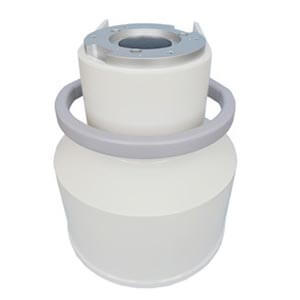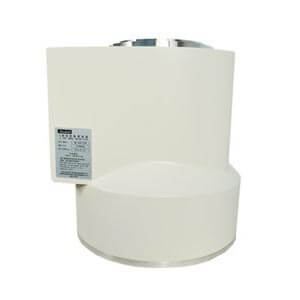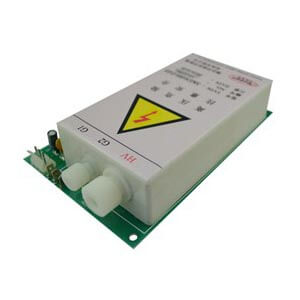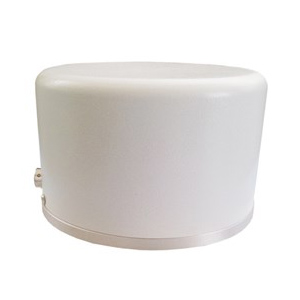Home›Blog ›What is the difference between an X-ray image intensifier and a flat panel detector?
What is the difference between an X-ray image intensifier and a flat panel detector?
An X-ray image intensifier and a flat panel detector are both imaging technologies used in X-ray systems, but they differ in how they work and the type of images they produce.
An image intensifier is a device that converts X-rays into visible light and amplifies the signal before it is detected. It consists of a fluorescent screen, an electron optics system, and a CCD camera. When X-rays pass through the patient and strike the fluorescent screen, they are converted into visible light. The electron optics system magnifies this light, and the intensified image is captured by the CCD camera. Image intensifiers are commonly used in fluoroscopy procedures, where real-time images are required.
On the other hand, a flat panel detector (FPD) directly converts X-rays into electrical signals. FPDs consist of a semiconductor material, such as amorphous silicon or cesium iodide, that absorbs X-rays and generates electrical charges proportional to the X-ray intensity. These electrical charges are then converted into digital images. FPDs offer the advantage of high image resolution, quick image acquisition, low radiation dose, and compatibility with various X-ray modalities. They are commonly found in radiography, computed tomography (CT), and digital radiography systems.
In summary, an image intensifier amplifies X-rays and converts them into visible light, while a flat panel detector directly converts X-rays into electrical signals for digital image acquisition.
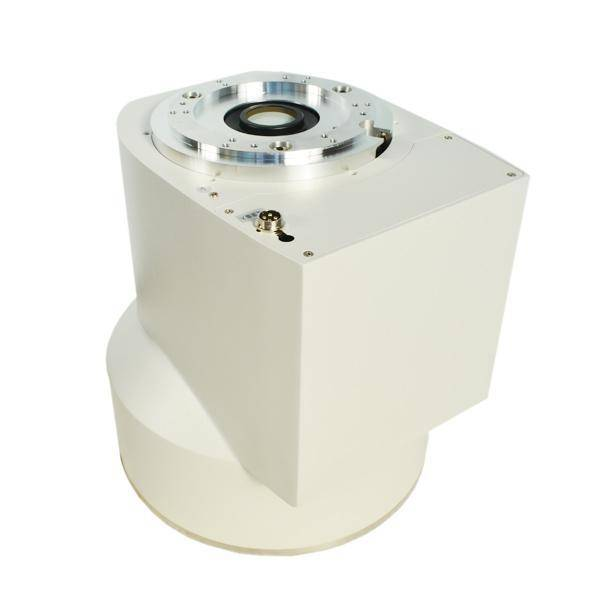
Author:Image Intensifier
Product Category
News
Contact us
Tel: (+86) 18953679166
Whatsapp: +86 18953679166
Email: service@newheek.com
Company: Weifang Newheek Electronic Technology Co., Ltd.
ADD: E Building of Future Star Scientific Innovation Industrial Zone of No.957 Wolong East Street, Yulong Community, Xincheng Sub-District Office, Weifang Hi-tech Zone, Shandong Province, China
